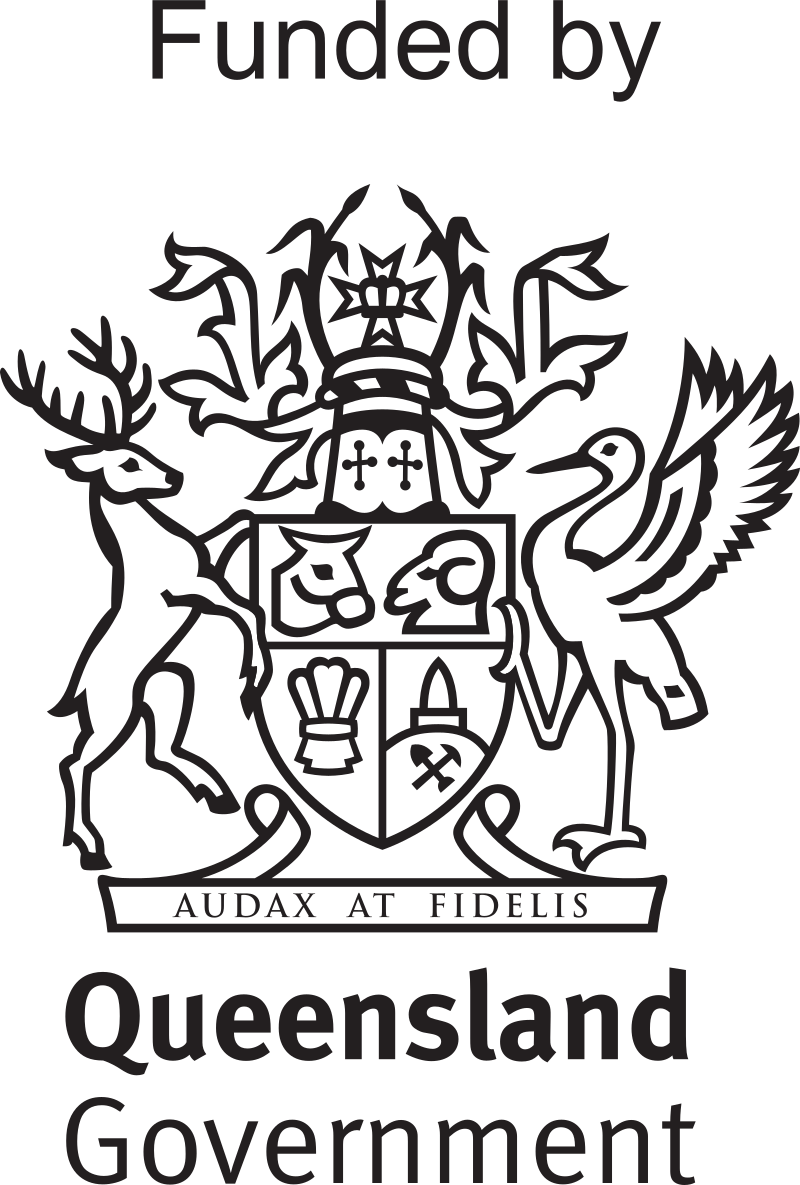SEMINARS
Domestic violence related laws – Then and now
PRESENTED BY: Dr Rae Kaspiew, Zoe Rathus AM, Professor Heather Douglas, Raquel Aldunate
The complexity of law’s response to domestic and family violence is evidenced in the 2010 Australian, and New South Wales, Law Reform Commissions’ two-volume report Family violence — A National Legal Response. This voluminous work, totalling more than 2000 pages was instigated in 2009 by the Australian Government in its immediate response to Time for Action: The National Council’s Plan for Australia to Reduce Violence against Women and their Children. Observing the principle “no law, policy or practice should jeopardise the safety or wellbeing of women and their children”, the National Council had highlighted wide-spread concern about the interaction between the Family Law Act 1975 and state and territory domestic and family violence and child protection legislation and recommended the inquiry that ensued. These are not the only laws that impact on women and children affected by domestic and family violence and a second inquiry on the impact of all Commonwealth law on families affected by domestic and family violence was commissioned by the Australian Government and released in 2012.
In 2012, changes to the Family Law Act 1975 commenced on the 7th of June, and Queensland’s new Domestic and Family Violence Protection Act 2012 commenced on the 17th of September. The objectives of both sets of legislative reforms include prioritising safety for children exposed to domestic and family violence, and addressing unintended negative consequences of the law. These legislative reforms, and commonwealth law specifically relevant to immigrant women, are the focus of discussion in this seminar.
He hits, she hits: Assessing debates regarding men’s and women’s experiences of domestic violence
PRESENTED BY: Dr Michael Flood, University of Wollongong
Do men and women use violence against each other at similar rates and with similar effects? Debates over men’s and women’s domestic and family violence are increasingly prominent, in local communities, programming and policy, and research. Domestic violence long has been understood to be a problem largely of violence by men, against women and children. Now however, emphases on women’s domestic violence against men and on domestic violence as gender-equal are increasingly visible. This presentation assesses these debates, in two ways. First, Dr Flood provides a comprehensive outline of contemporary scholarship on the character of men’s and women’s experiences of violence perpetration and victimisation. Second, he assesses the political character and agendas of those groups involved in advocating for a gender-equal approach to domestic violence.
Domestic homicide and death reviews – The Canadian experience
PRESENTED BY: Dr Myrna Dawson, University of Guelph, Canada
With the growing awareness that domestic homicides are often preventable, several countries, including Australia, have begun to implement domestic violence death review teams. Through comprehensive reviews of these killings, primarily of women, these teams identify risk factors, detail circumstances leading up to and surrounding the killings, and make recommendations to improve community and systemic responses so as to enhance future opportunities for violence intervention and prevention. In 2002, Ontario, Canada established the first such committee in their country. Since then, over 100 cases have been reviewed and recommendations have targeted multiple sectors. In this seminar, trends and patterns in domestic homicide in Canada will be described, followed by key findings of the Ontario Domestic Violence Death Review Committee, including primary risk factors, recommendations for improvements across sectors as well as the benefits and challenges of implementing and conducting reviews.


